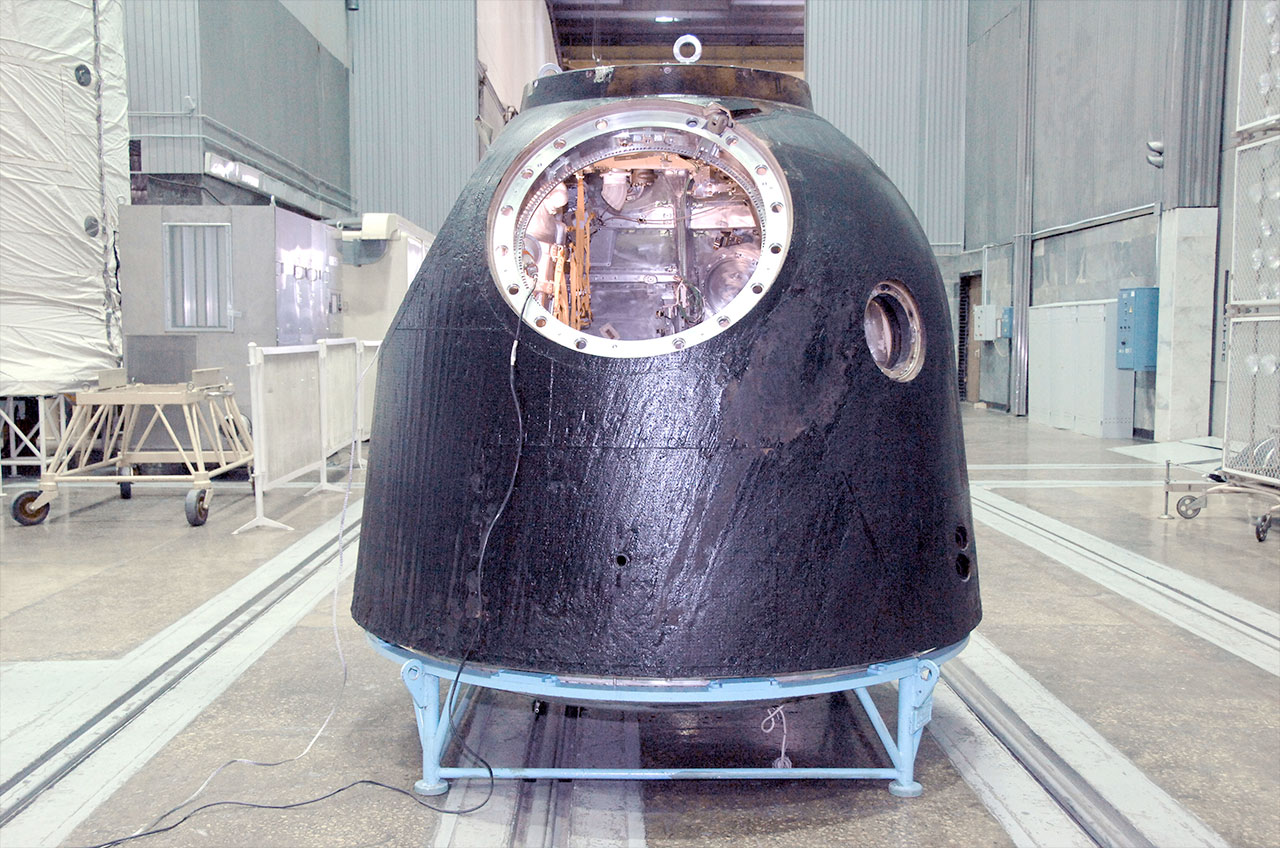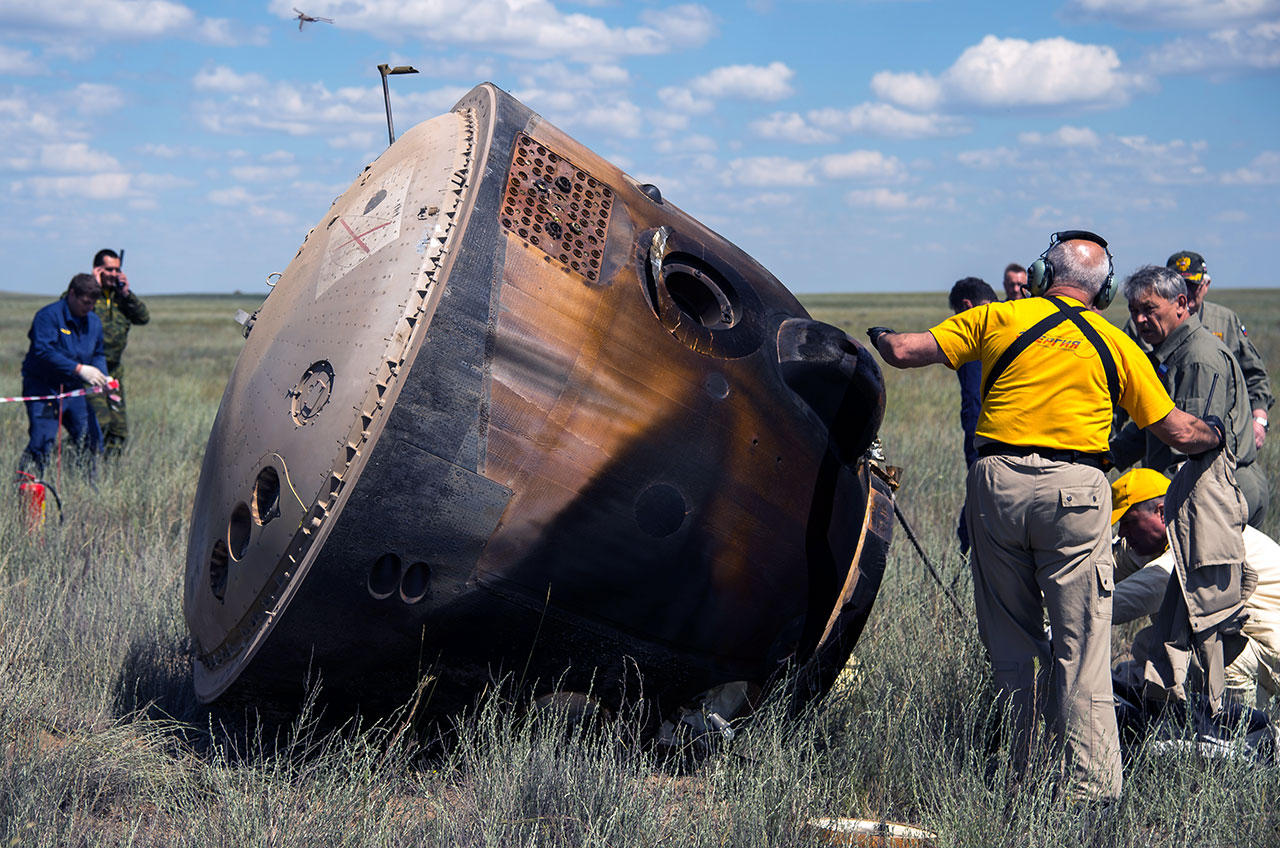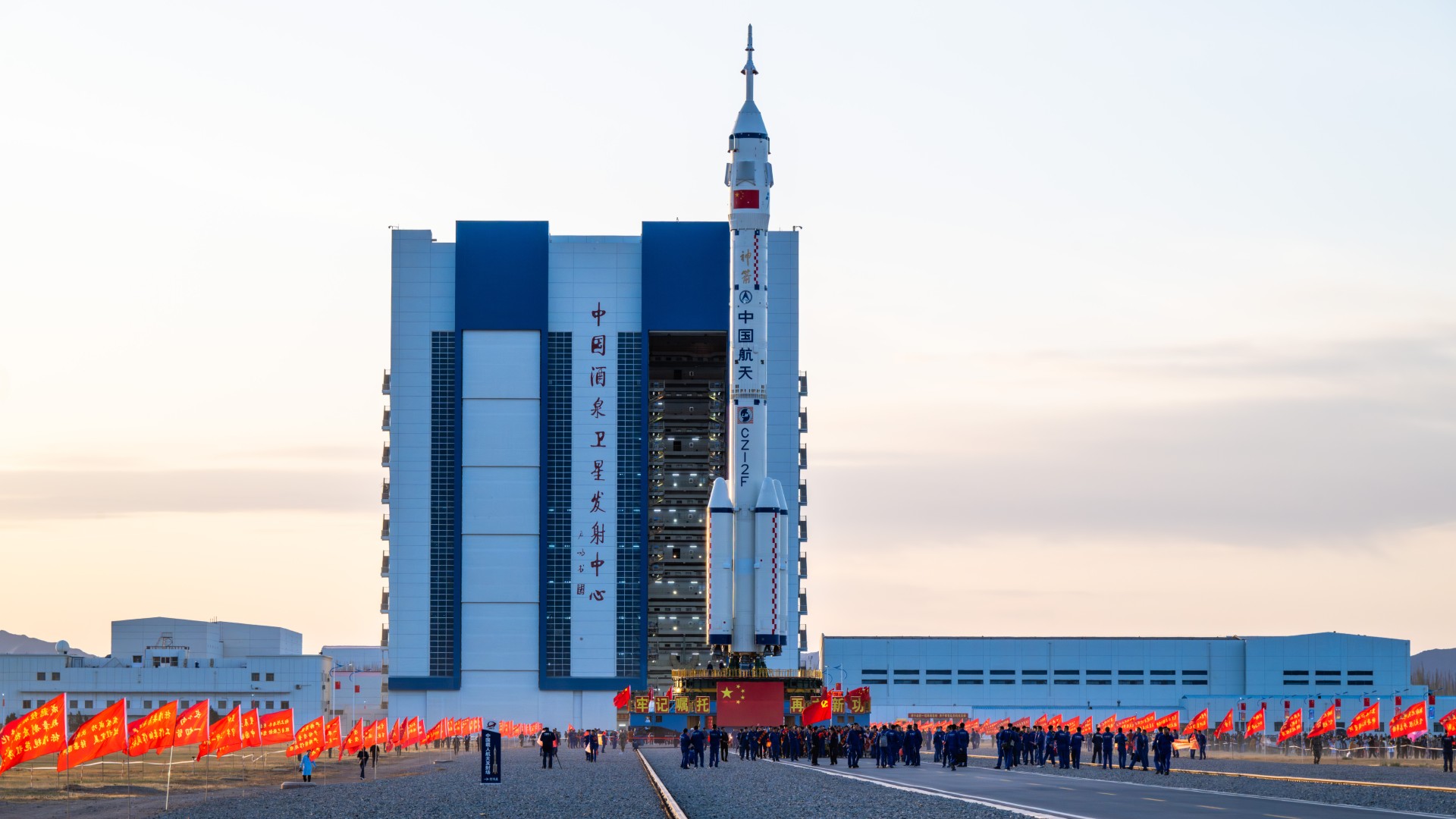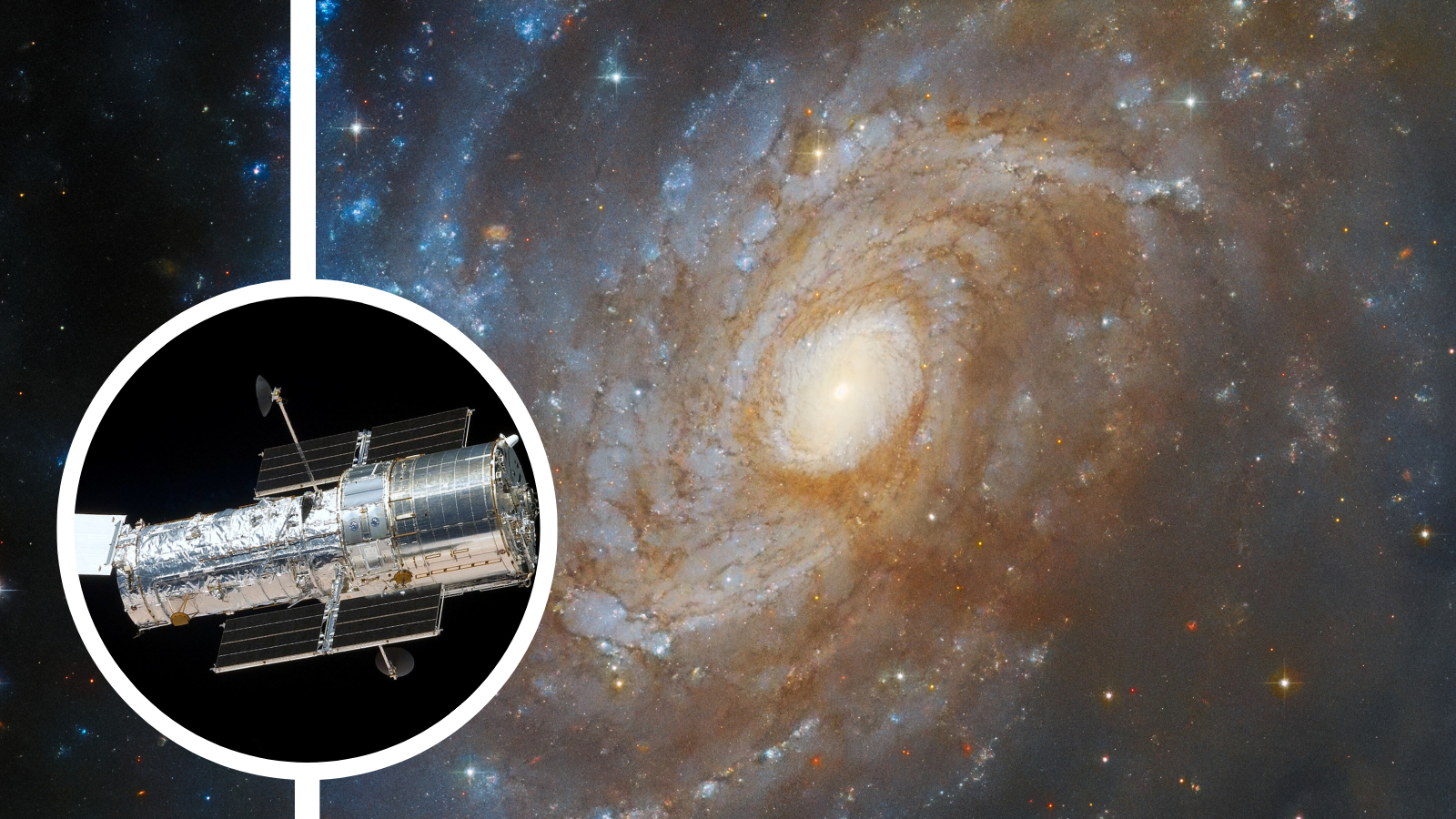Science Museum, London Acquires British Astronaut's Soyuz for Display

The spacecraft that returned Britain's first professional astronaut to Earth in June will land on display in London next year.
Russia's Soyuz TMA-19M descent module, which touched down from the International Space Station with European Space Agency (ESA) astronaut and Expedition 46/47 flight engineer Tim Peake, will go on exhibit at the Science Museum, London in early 2017.
"You do become very attached to your spacecraft because it definitely does save your life," said Peake in a statement released by the Science Museum Group on Monday (Dec. 5). "I'm absolutely delighted that my Soyuz spacecraft, the TMA-19M, is going to be returning here to the UK and may serve, hopefully, as [an] inspiration for our next generation of scientists and engineers." [Russia's Manned Soyuz Space Capsule Explained (Infographic)]
The 1.7 ton (1.5 metric ton) capsule, which flew Peake and his two crewmates, Russian cosmonaut Yuri Malenchenko and U.S. astronaut Tim Kopra, to and from the station, was acquired by the Science Museum Group (SMG), which is responsible for several UK cultural institutions.
"Russian ingenuity led to the birth of the space age," said Ian Blatchford, SMG's director. "Today it still plays a critical role, notably in long duration missions to pave the way for the next great leap into the cosmos."
"It is a great honor to be here to officially acquire the first flown human spacecraft in the [SMG] collection, one which allowed Tim Peake to make his historic journey," he stated.
Blatchford's signing of the acquisition agreement for Soyuz TMA-19M coincided with the 50th anniversary of the first Soyuz launch in 1966.
Get the Space.com Newsletter
Breaking space news, the latest updates on rocket launches, skywatching events and more!
The display of the Soyuz TMA-19M descent module builds on the Science Museum's recent exhibition, "Cosmonauts: Birth of the Space Age," which brought in 140,000 visitors, making it the museum's most popular exhibit in its history. "Cosmonauts" included the display of Soyuz TM-14, which flew the first mission to Russia's Mir space station after the fall of the Soviet Union in 1992.
The exhibition, which ran from September 2015 to March 2016, also included the construction and display of a two-thirds scale replica of a Soyuz orbital module built entirely from a quarter of a million LEGO bricks.
SMG acquired the Soyuz TM-19M from RSC Energia, the Russian contractor responsible for building the Soyuz and a partner in the "Cosmonauts" exhibition.

"We're very honored that a descent vehicle produced by our corporation will take its rightful place in the collection of one of the most important science museum groups in the world," said Vladimir Soltnsev, general director of Energia. "I would like to hope that this special symbol of Russia will become one of the highlights of the Science Museum."
Soyuz TMA-19M is the latest Russian spacecraft to land on display in the home country of one of its crew.
In September, the Soyuz TMA-03M descent module, which landed with Dutch ESA astronaut André Kuipers from the International Space Station in 2012, debuted on display at Space Expo in Noordwijk, The Netherlands. Similarly, the Soyuz capsules that returned U.S. space flight participants Charles Simonyi and Greg Olsen to Earth are exhibited in Seattle and New York City, respectively.
Other astronauts' Soyuz capsules are on display in Cuba, the Czech Republic, Bulgaria, France, Germany, Hungary, India, Poland, Romania and Vietnam.
Soyuz TMA-19M will not be the only flown spacecraft on exhibit at the Science Museum, London when it premieres next year. The museum also has on display NASA's Apollo 10 command module, which flew to the moon in May 1969 on a full-up dress rehearsal for the first lunar landing. The capsule, named "Charlie Brown," is on long-term loan from the Smithsonian Institution in Washington, DC.
Follow collectSPACE.com on Facebook and on Twitter at @collectSPACE. Copyright 2016 collectSPACE.com. All rights reserved.
Join our Space Forums to keep talking space on the latest missions, night sky and more! And if you have a news tip, correction or comment, let us know at: community@space.com.

Robert Pearlman is a space historian, journalist and the founder and editor of collectSPACE.com, a daily news publication and community devoted to space history with a particular focus on how and where space exploration intersects with pop culture. Pearlman is also a contributing writer for Space.com and co-author of "Space Stations: The Art, Science, and Reality of Working in Space” published by Smithsonian Books in 2018.In 2009, he was inducted into the U.S. Space Camp Hall of Fame in Huntsville, Alabama. In 2021, he was honored by the American Astronautical Society with the Ordway Award for Sustained Excellence in Spaceflight History. In 2023, the National Space Club Florida Committee recognized Pearlman with the Kolcum News and Communications Award for excellence in telling the space story along the Space Coast and throughout the world.










